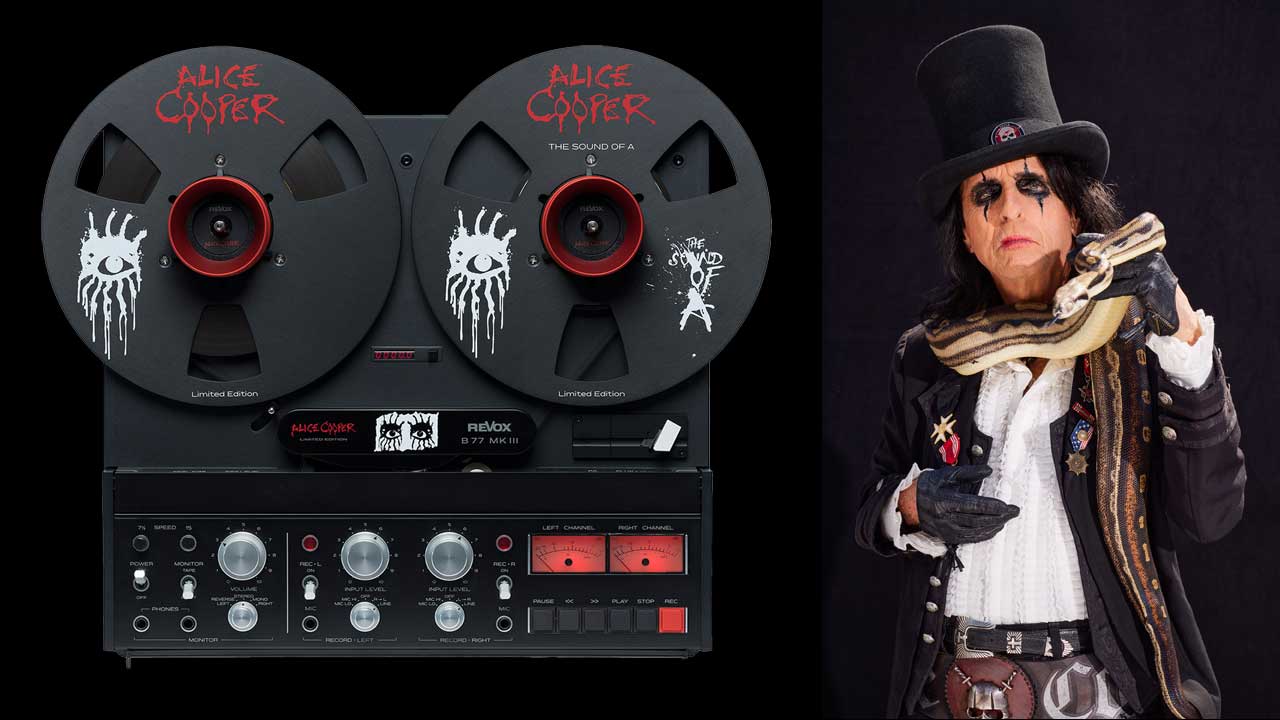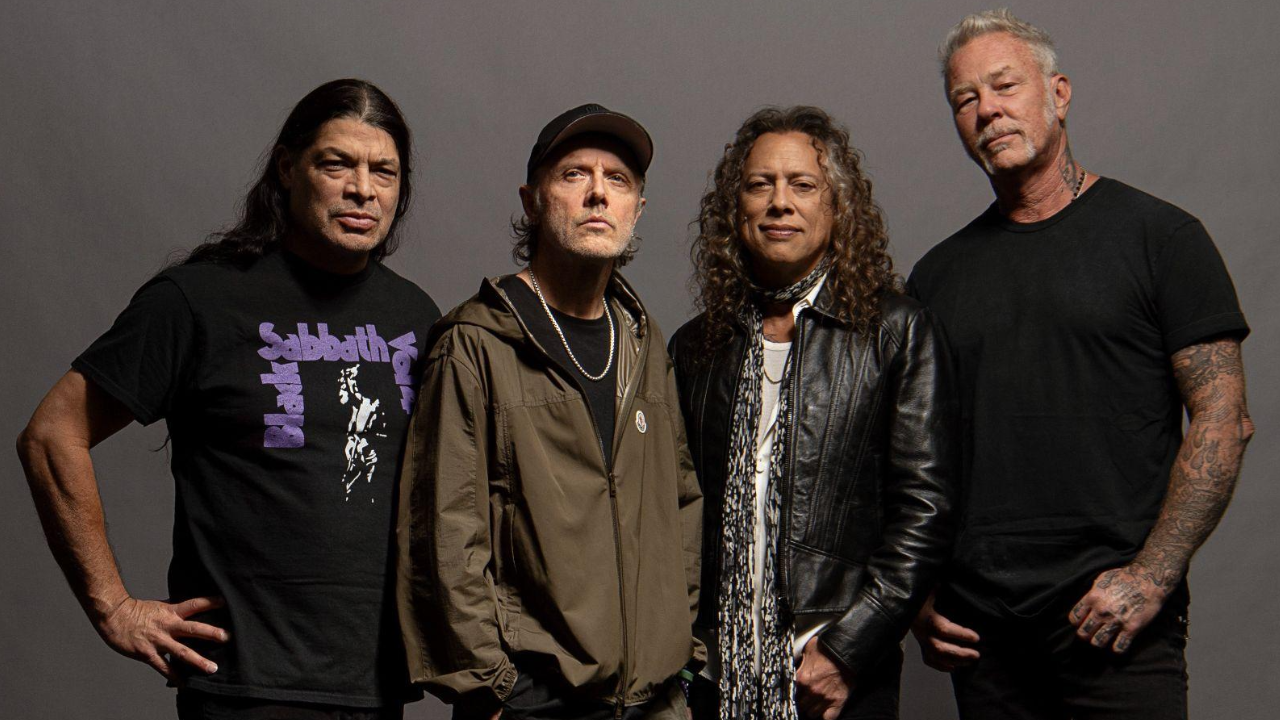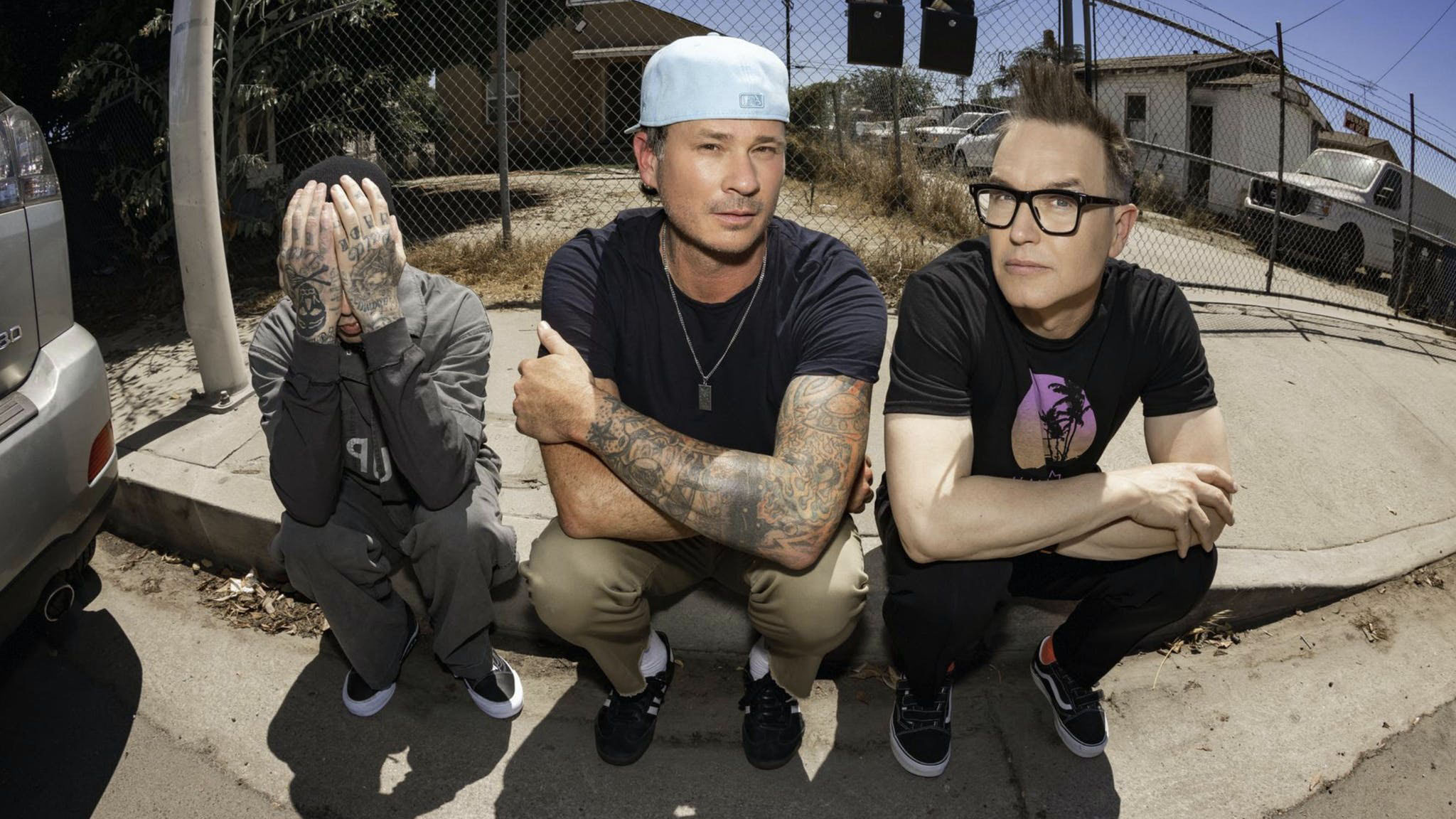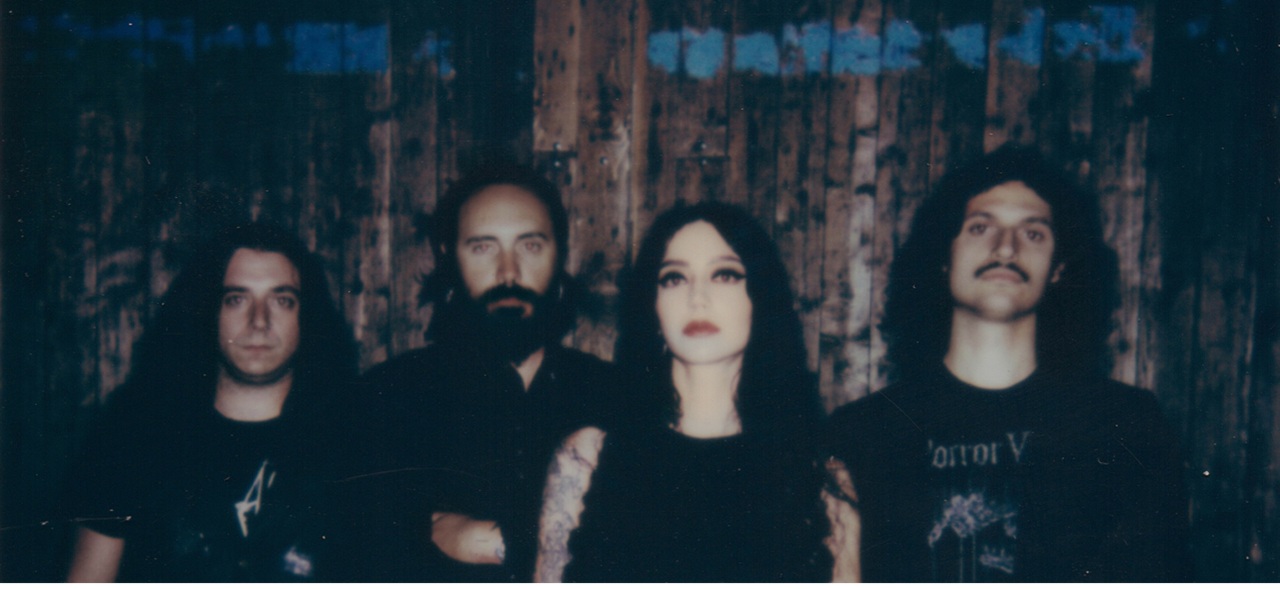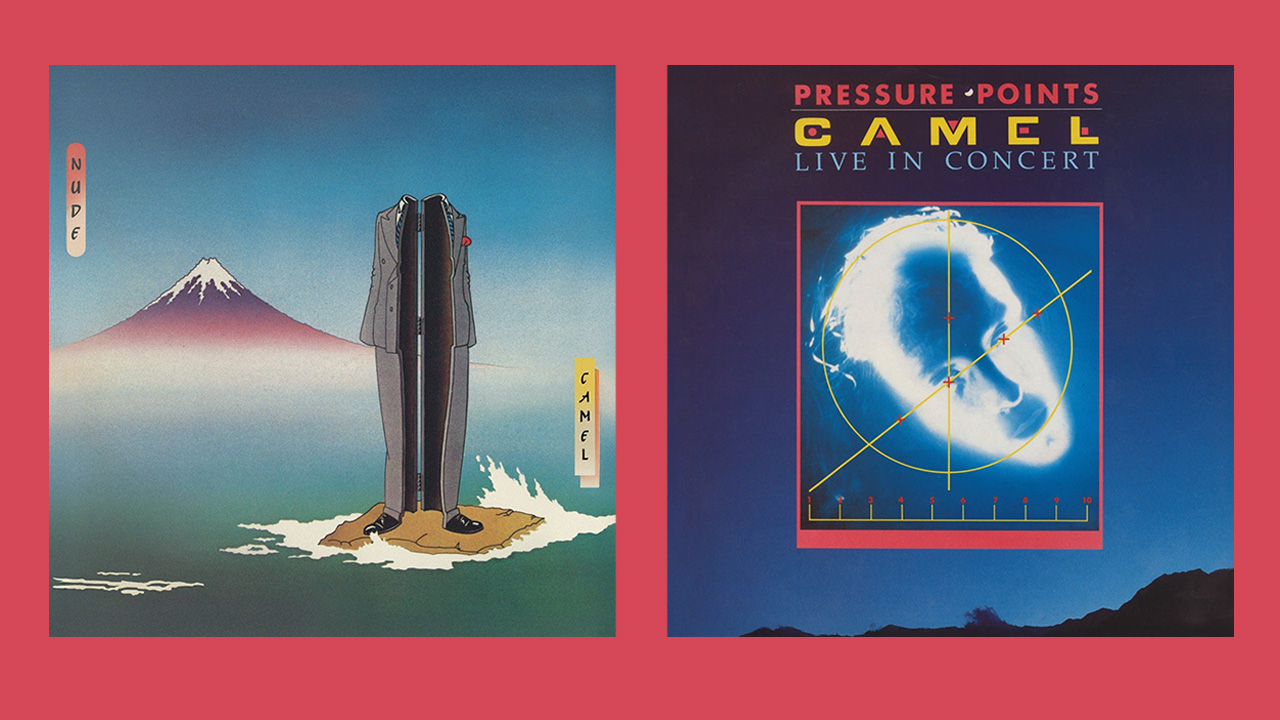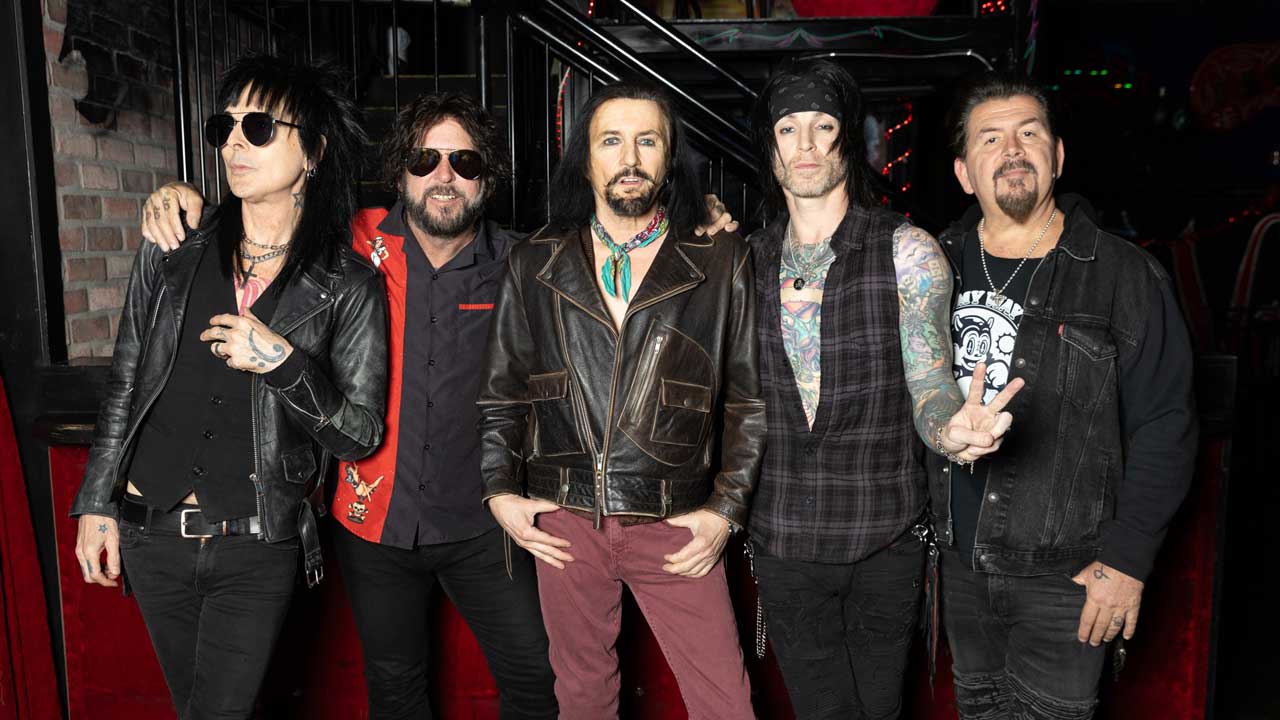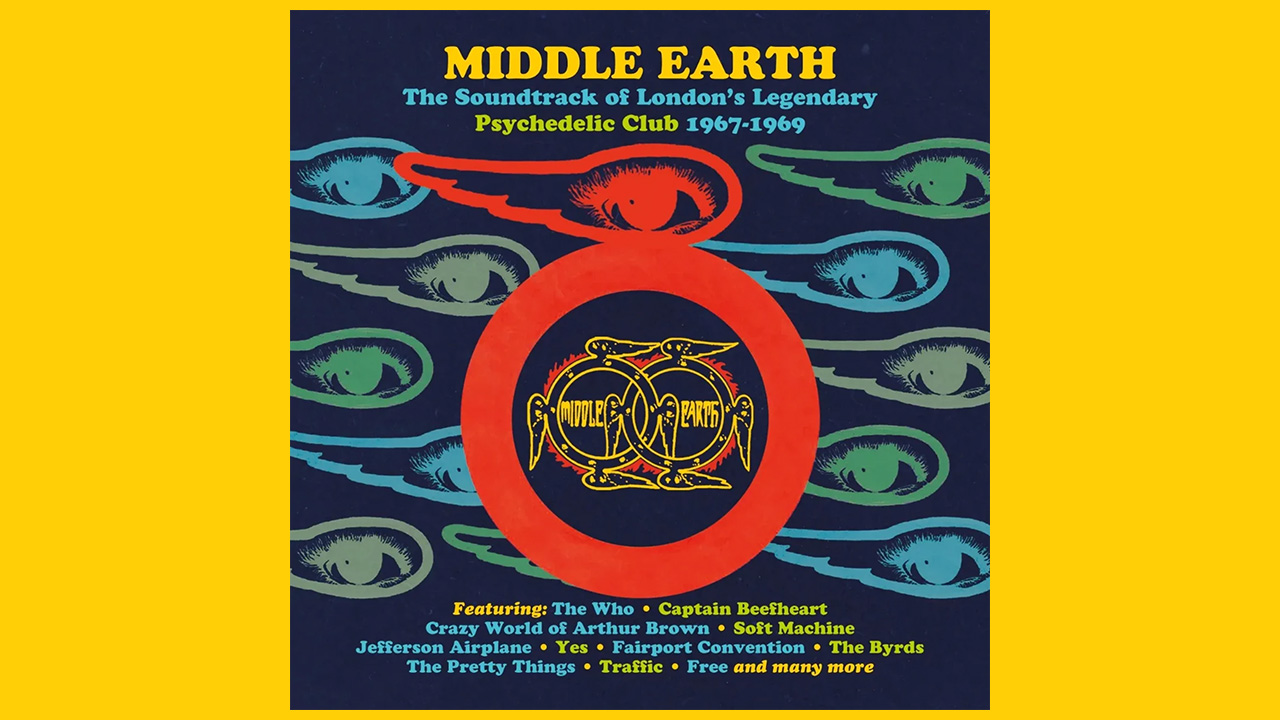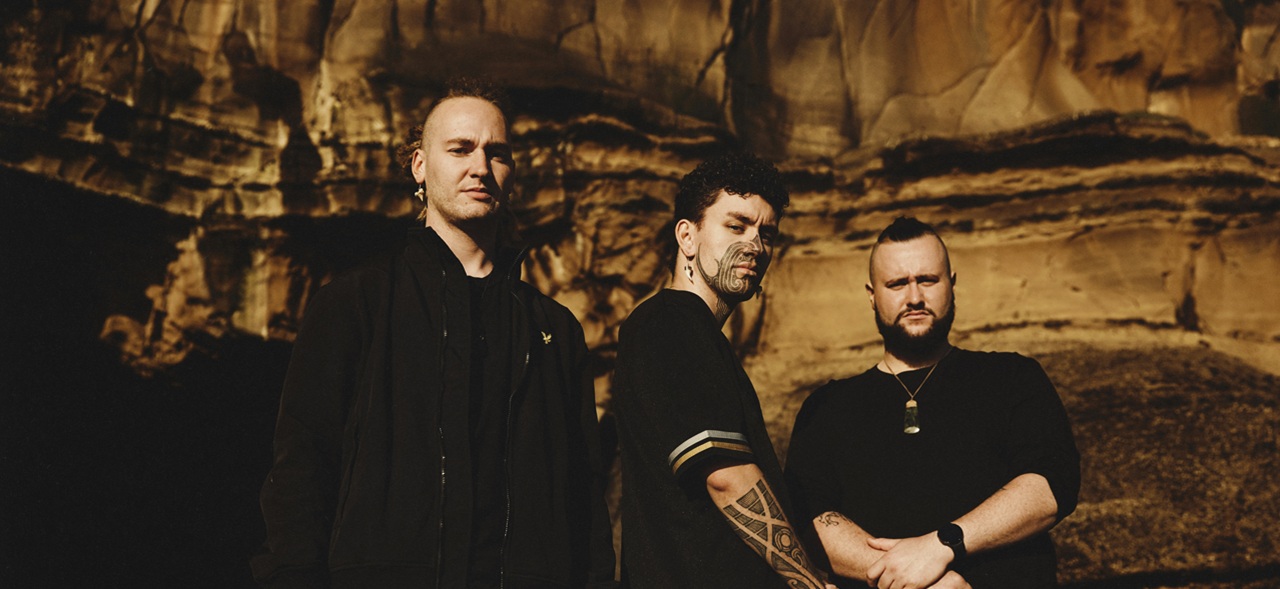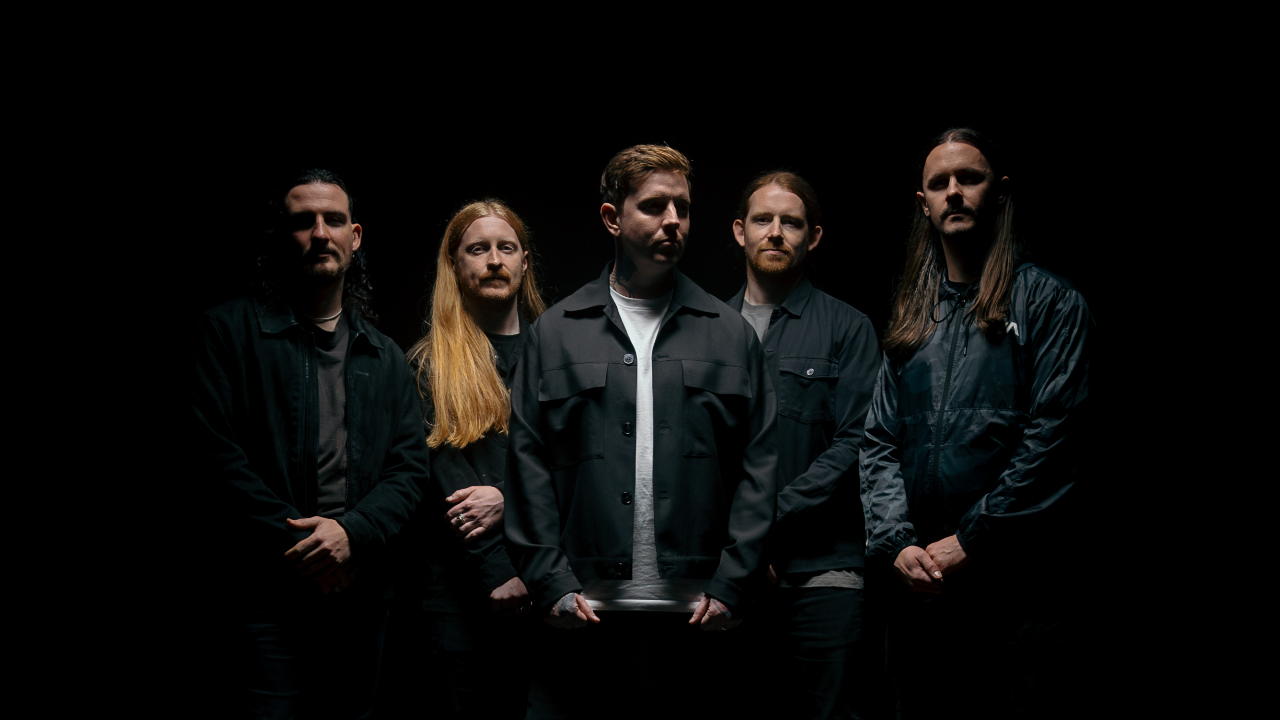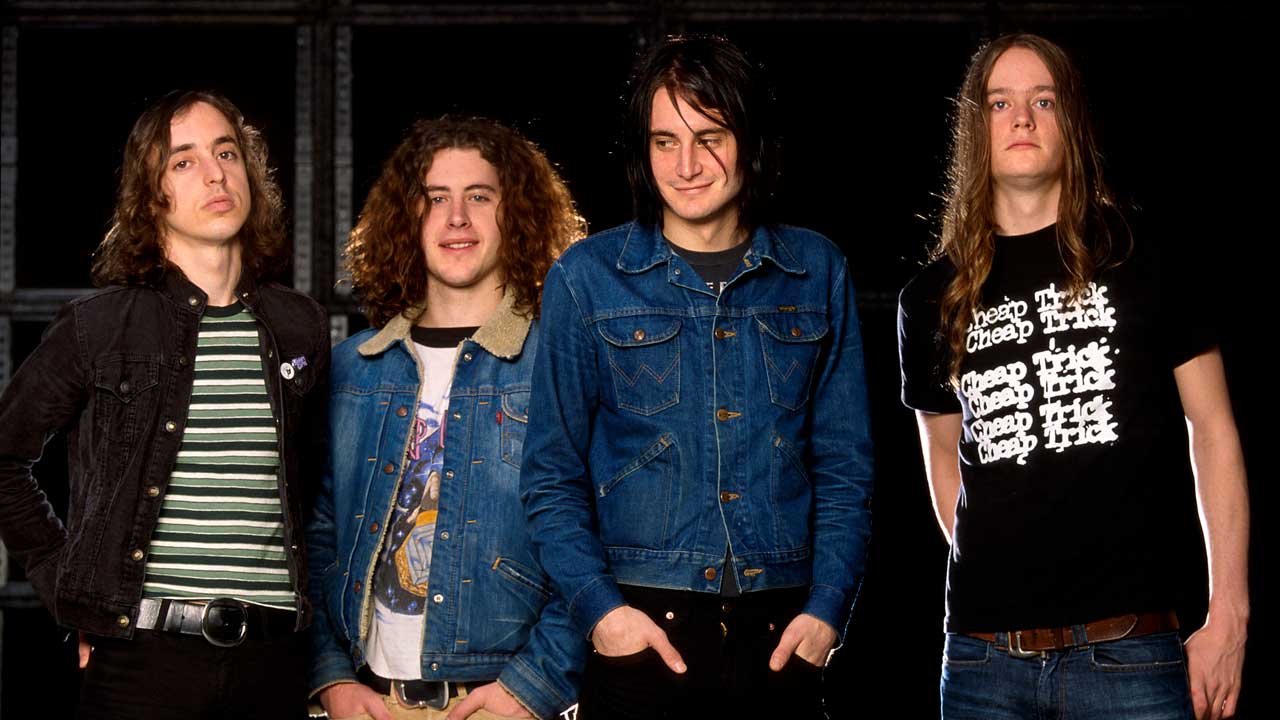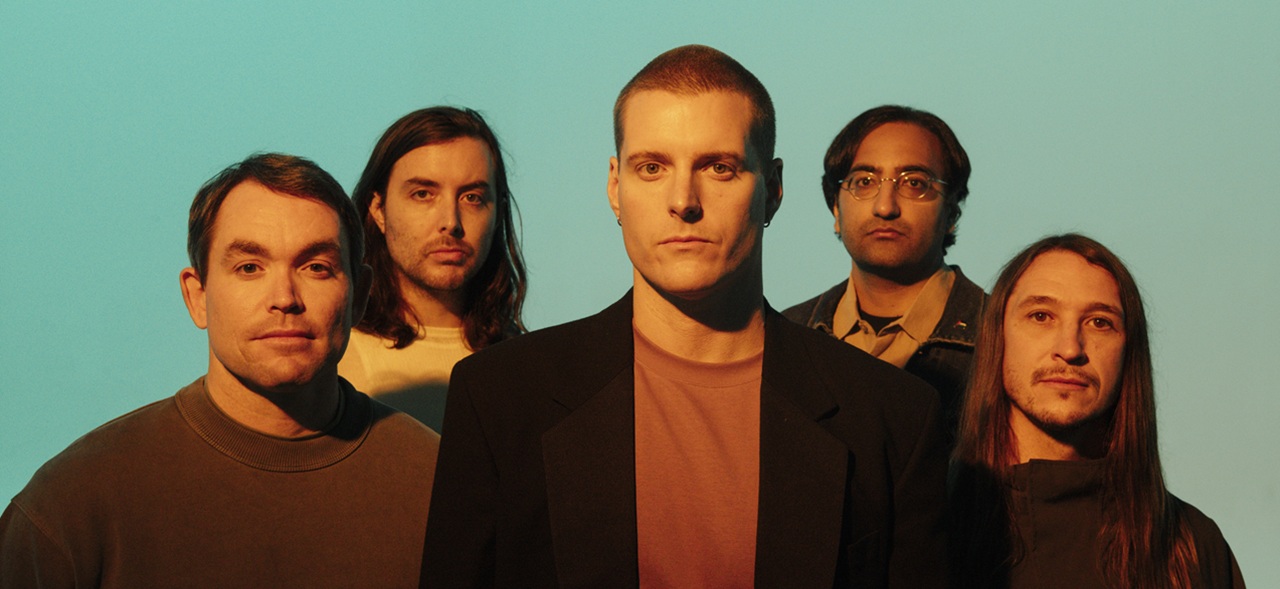Amazing but true: Uriah Heep released their first five studio albums between June 1970 and November ’72. This whirlwind two-and-a-half-year period becomes more staggering still when you consider that besides writing and recording, the group also spent months at a time gigging across the globe, including three sizeable US tours.
Okay, circumstances were different – luckily, none of Heep’s early drummers lost a limb – but this was a world away from the almost three years that Def Leppard would spend crafting a solitary record, Hysteria, though it illustrates how the industry’s demands fluctuate.
Equally relevant, although Heep hadn’t cracked the charts in any territory with their debut, …Very ’Eavy …Very ’Umble, producer/manager Gerry Bron allowed them almost total artistic freedom for this follow-up, even greenlighting the hiring of a 27-piece brass section to augment its 16-minute title track.
The extraordinary results justified Bron’s faith, from the stop-start riffery of opener Bird Of Prey to the simplicity of the number that became Heep’s biggest song, Lady In Black; from The Park’s jazziness to the symphonically enhanced grandeur of the aforementioned Salisbury.
With his compositional gifts blossoming, keyboardist Ken Hensley may have dominated the credits but frontman David Byron’s flamboyant delivery is what really cements the greatness of Heep’s most ‘out there’ album. Now crisply remastered as part of an ongoing catalogue overhaul, the 2016 edition adds a companion disc of alternative mixes, live tracks and ‘reimaginings’, lovingly compiled by long-serving Heep archivist Robert Corich. They make an already fascinating album more compelling still.


